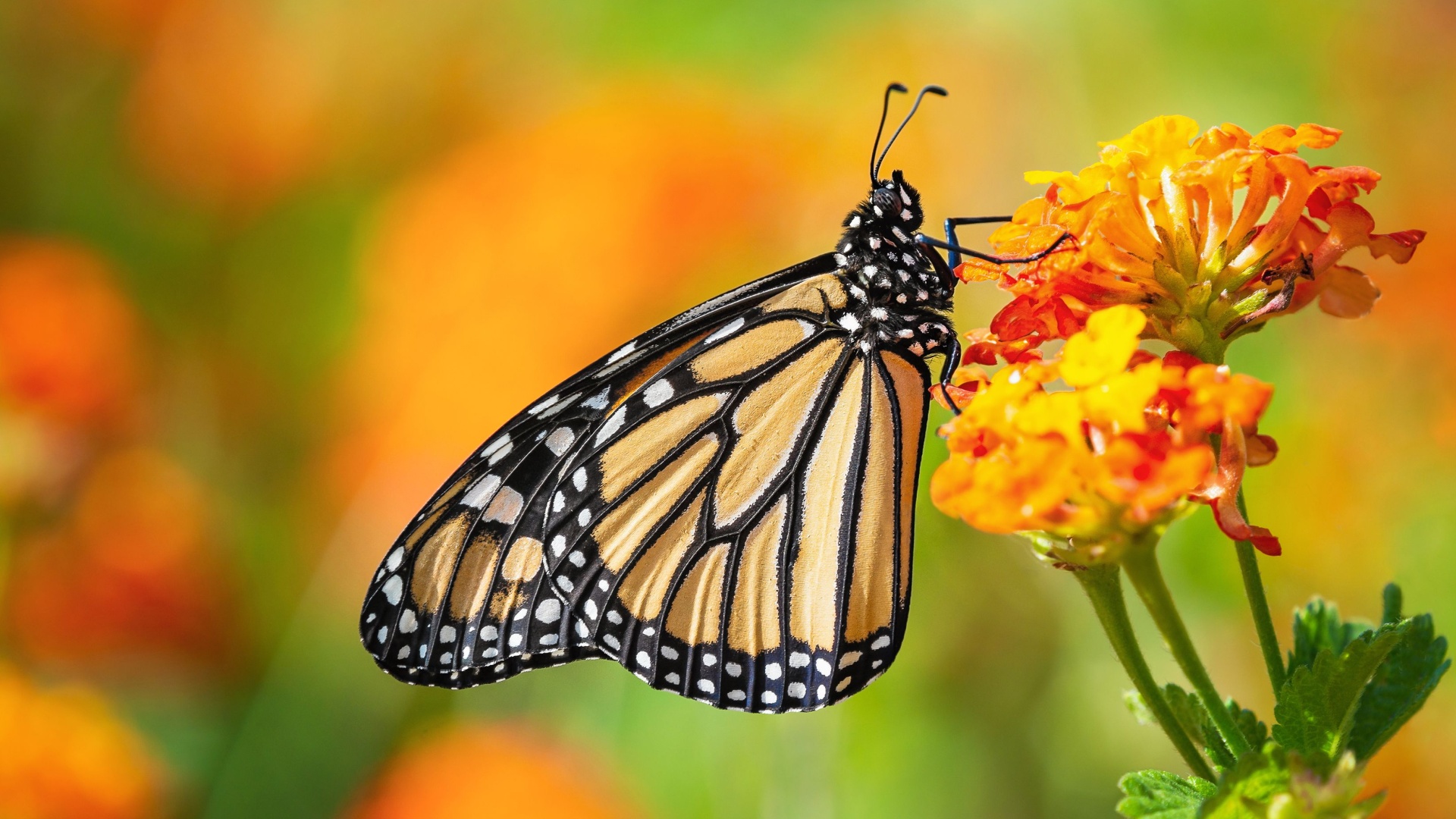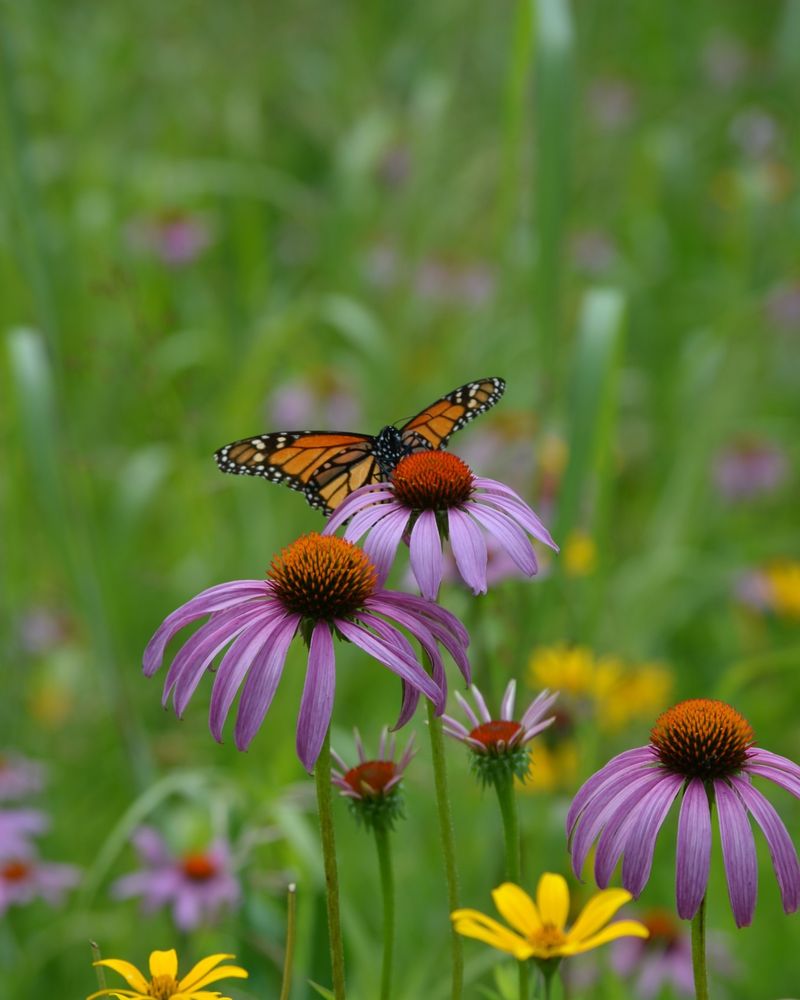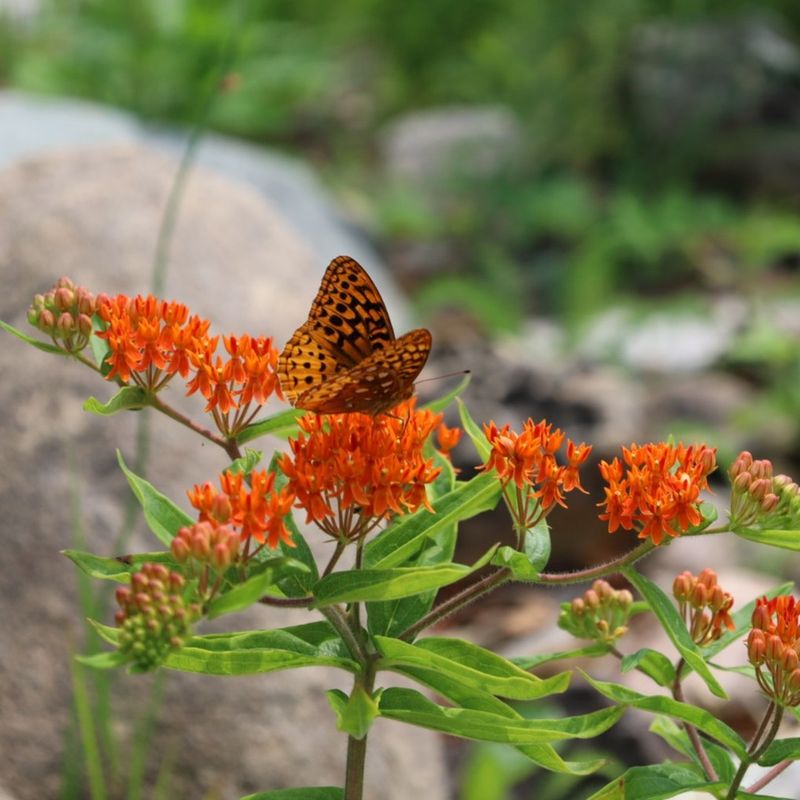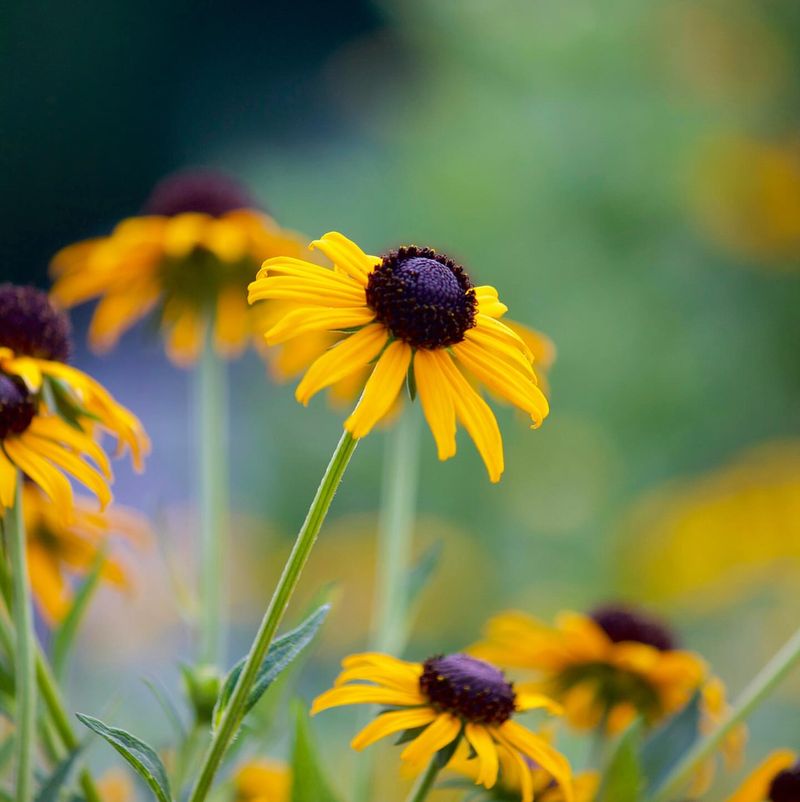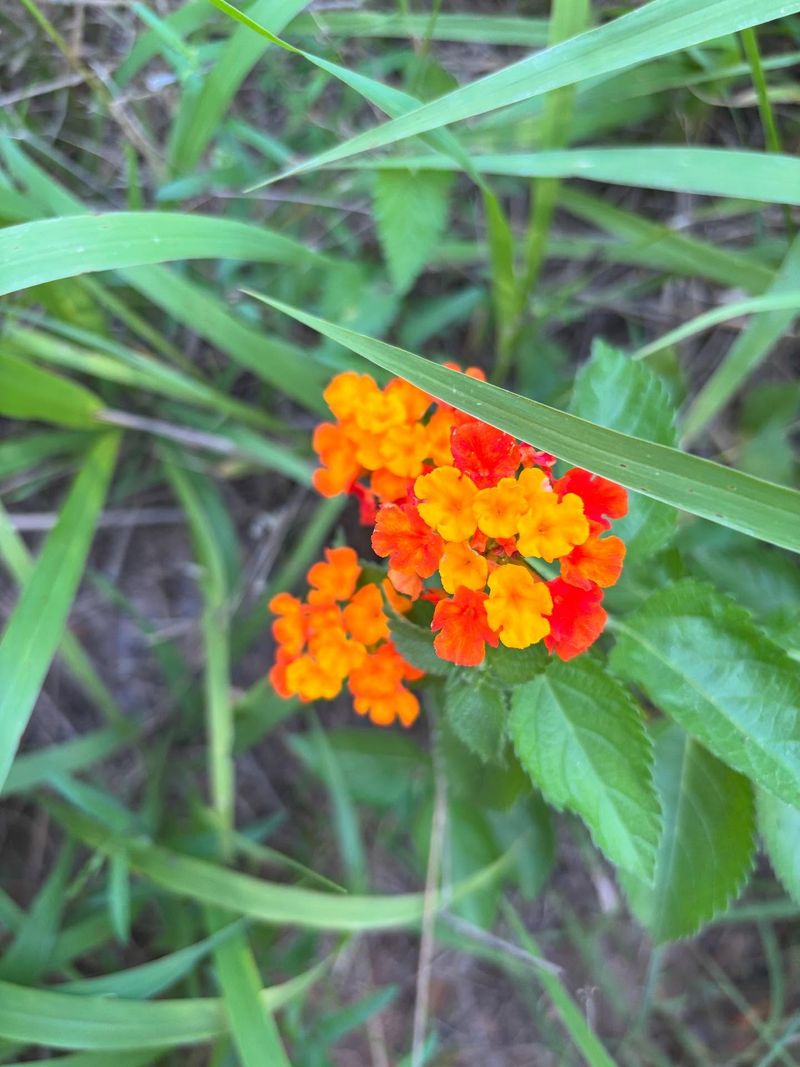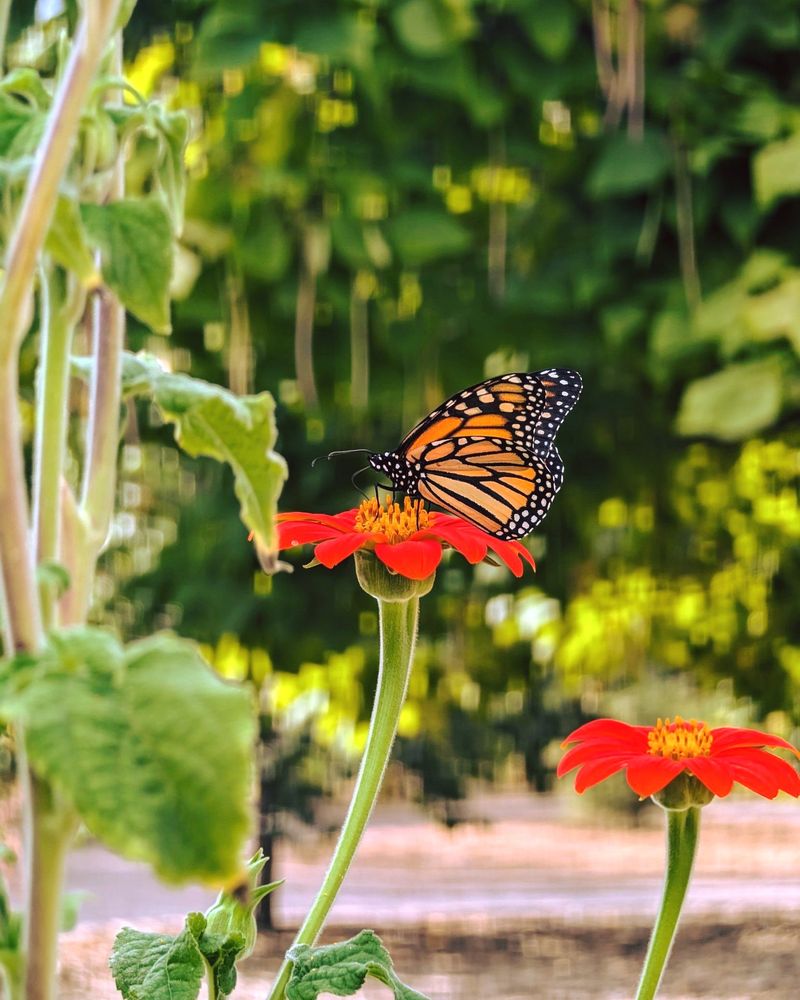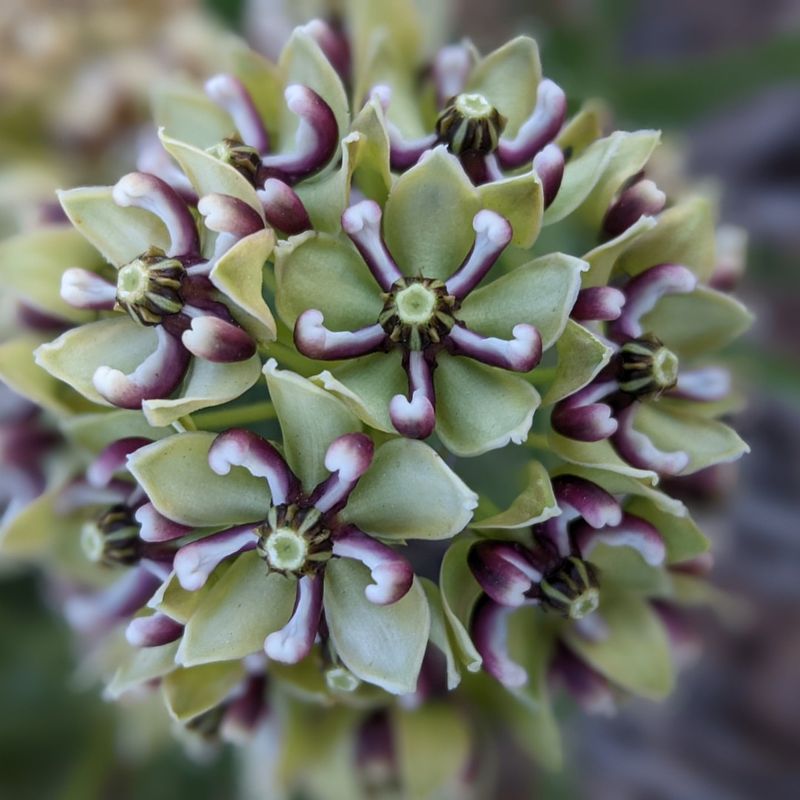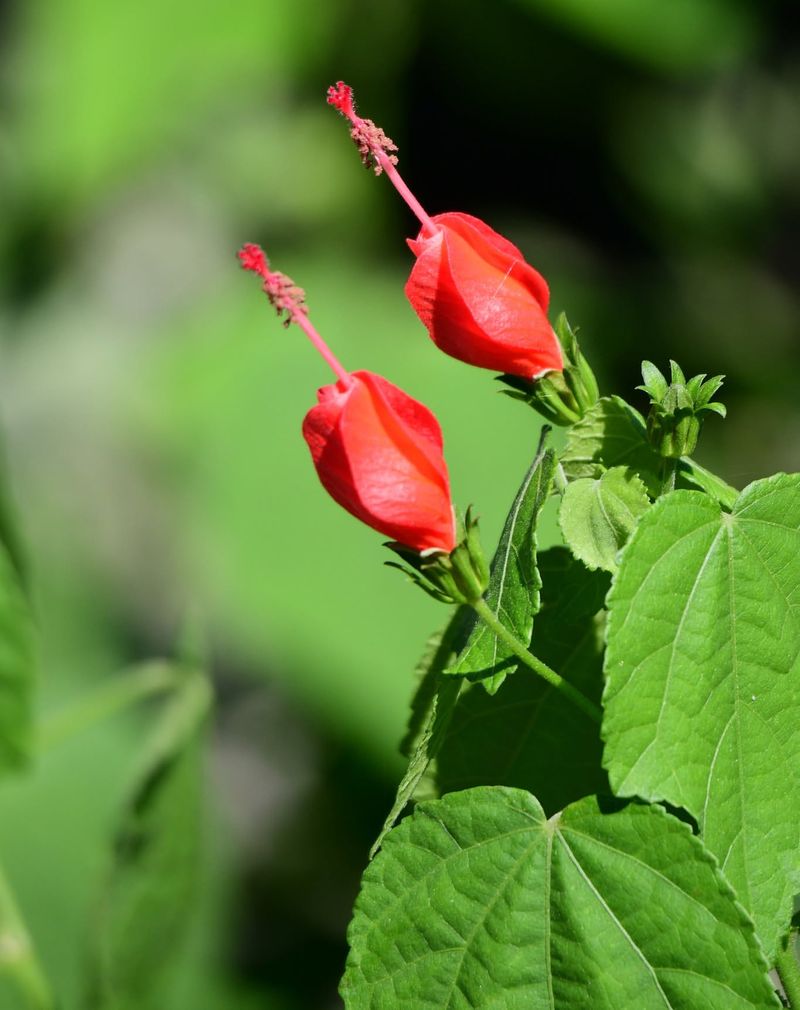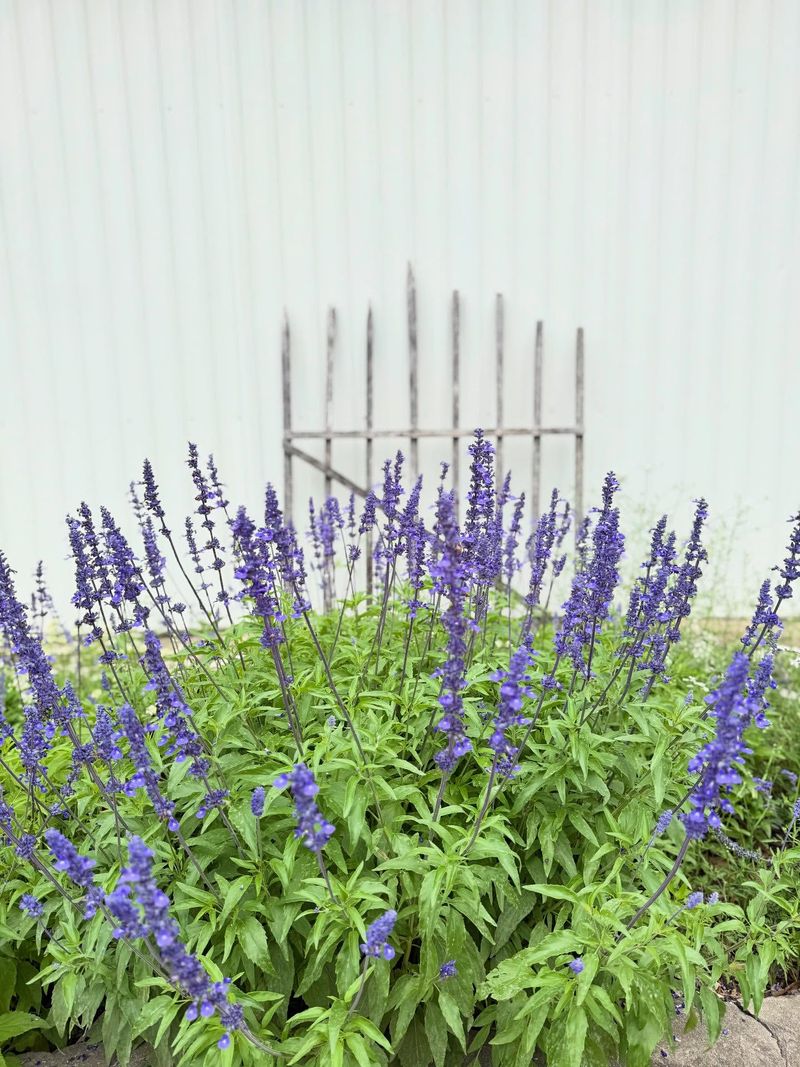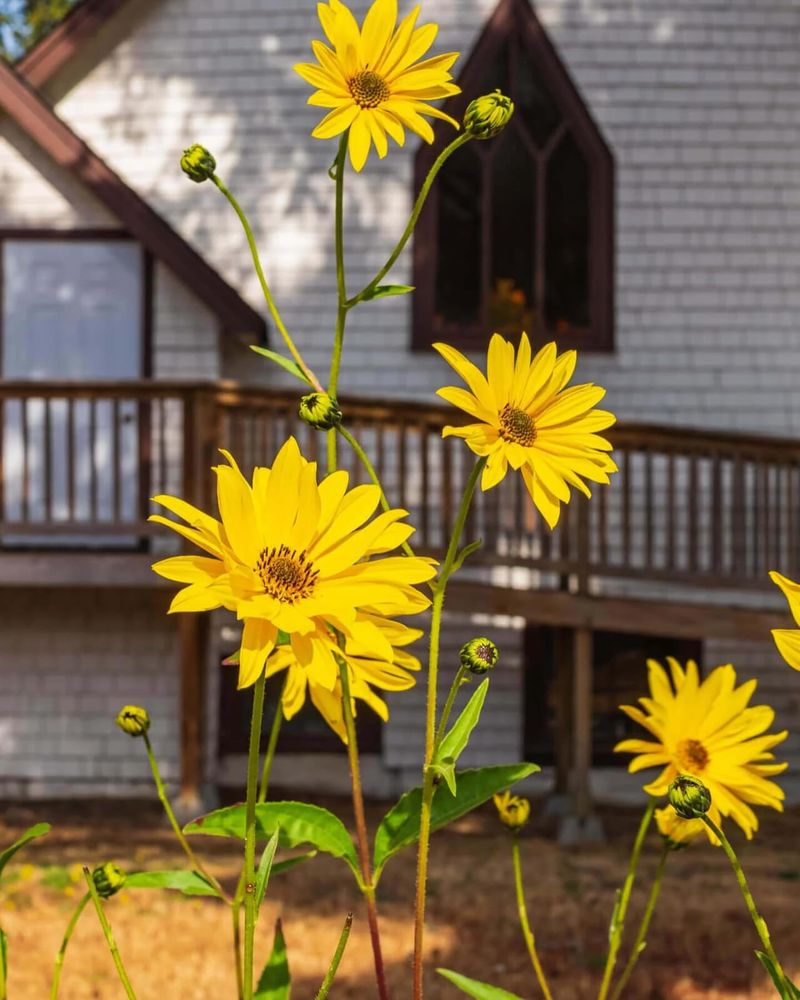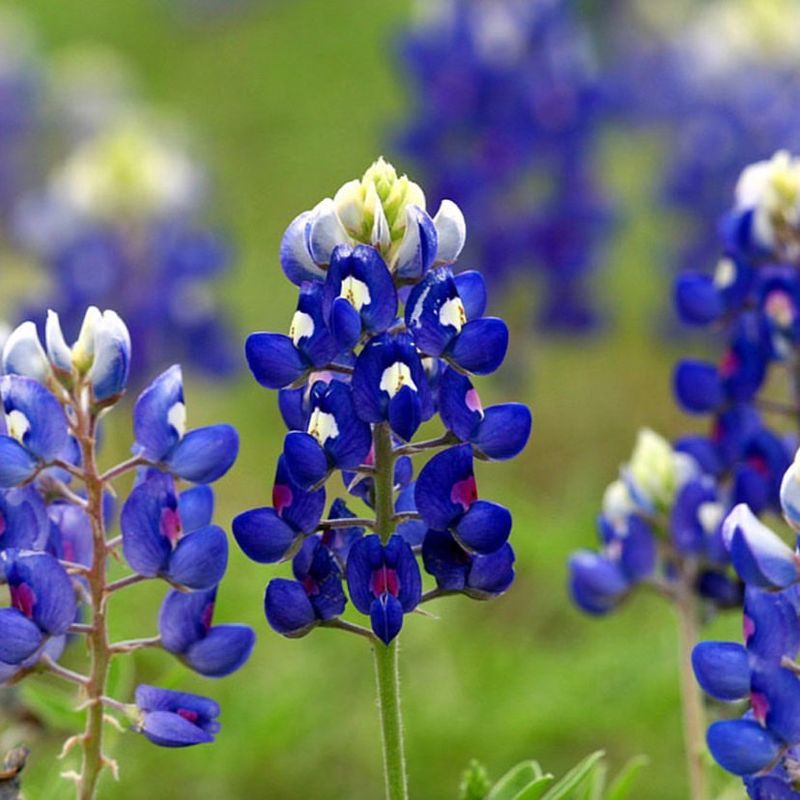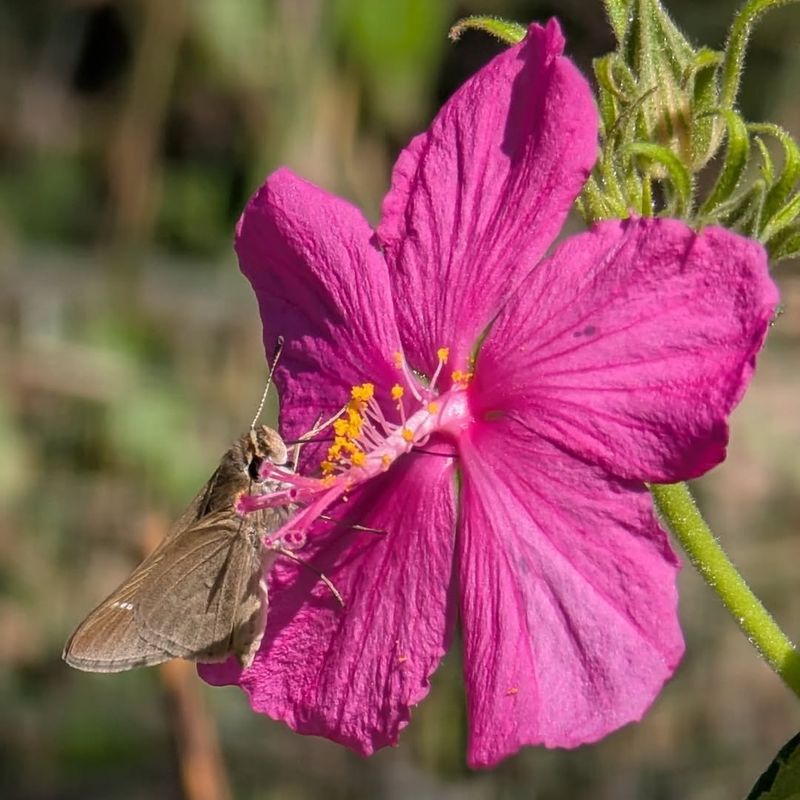Want to transform your Texas yard into a butterfly paradise? Native wildflowers are your secret weapon! These beautiful plants not only add color to your garden but also provide essential food and habitat for butterflies throughout their lifecycle.
Planting the right wildflowers can turn even a small garden space into a thriving ecosystem that supports these delicate pollinators.
1. Purple Coneflower (Echinacea purpurea)
Stunning pink-purple blooms with raised, dome-shaped centers make this wildflower a garden standout. Native butterflies can’t resist its rich nectar supply. Purple coneflower blooms from early summer through fall, providing a long-lasting food source.
An added bonus? This hardy perennial tolerates drought conditions common in Texas gardens. The seed heads also attract goldfinches in fall, adding even more wildlife to your garden experience.
2. Butterfly Weed (Asclepias tuberosa)
Despite its name, this isn’t a weed at all! Brilliant orange clusters of star-shaped flowers bloom from late spring through summer, creating a beacon for monarchs and other butterfly species. As a milkweed variety, butterfly weed serves as a crucial host plant for monarch caterpillars.
The leaves provide food for developing caterpillars while the nectar-rich flowers feed adult butterflies. Hardy and drought-resistant, it thrives in Texas heat with minimal care.
3. Black-eyed Susan (Rudbeckia hirta)
Golden petals surrounding a dark brown center create a cheerful display that butterflies find irresistible. These daisy-like blooms brighten any Texas garden from early summer through fall. Painted lady and fritillary butterflies particularly love visiting these flowers.
Black-eyed Susans adapt well to various soil conditions, making them perfect for beginner gardeners. Plant them in masses for maximum butterfly attraction and a stunning visual impact in your landscape.
4. Texas Lantana (Lantana urticoides)
Clusters of tiny orange, yellow, and red flowers create a fiesta of color in your garden. Texas lantana’s multicolored blooms seem specially designed to catch a butterfly’s eye. Extremely heat and drought tolerant, this native plant thrives where others struggle.
The flowers produce abundant nectar that attracts numerous butterfly species, especially swallowtails and gulf fritillaries. Growing in a rounded, shrubby form, lantana creates the perfect landing pad for butterflies to rest and feed.
5. Gregg’s Mistflower (Conoclinium greggii)
Fluffy clusters of lavender-blue flowers create a cloud-like appearance that gives this wildflower its name. Queen butterflies and monarchs find its rich nectar supply absolutely irresistible. Blooming from summer through fall, Gregg’s mistflower provides food when many other plants have stopped flowering.
The plant spreads through underground runners, eventually forming an impressive butterfly-attracting patch. Growing just 1-2 feet tall, it works perfectly in borders or as ground cover in sunny spots.
6. Mexican Sunflower (Tithonia rotundifolia)
Fiery orange-red blooms atop tall stems create a dramatic backdrop in any butterfly garden. Growing up to 6 feet tall, Mexican sunflowers stand like beacons, drawing butterflies from far and wide. The large, daisy-like flowers provide plenty of landing space for butterflies to perch while feeding.
Monarchs, painted ladies, and swallowtails frequently visit these vibrant blooms. Annual in nature, they grow quickly from seed and flower abundantly throughout summer until frost.
7. Prairie Verbena (Glandularia bipinnatifida)
Low-growing clusters of delicate purple flowers create a carpet of color in Texas gardens. Prairie verbena’s extended blooming period provides nectar from early spring through fall. Butterflies like hairstreaks and skippers frequently visit these flowers.
The plant’s spreading habit makes it excellent for filling spaces between taller wildflowers or spilling over garden edges. Incredibly tough and drought-resistant, prairie verbena thrives in poor soil where many other plants struggle to survive.
8. Zexmenia (Wedelia acapulcensis)
Golden-yellow daisy-like flowers appear nearly year-round in mild Texas winters. Zexmenia’s extended blooming season makes it especially valuable for supporting butterflies throughout multiple seasons. Growing in a compact, shrubby form, this native plant requires almost no maintenance once established.
Gulf fritillaries and crescents particularly favor these bright blooms as nectar sources. Semi-evergreen foliage provides structure in the garden even when the plant isn’t flowering.
9. Antelope Horns (Asclepias asperula)
Unusual greenish-white flower clusters resembling antelope horns give this milkweed its distinctive name. As a native milkweed species, it serves as an essential host plant for monarch butterflies. Female monarchs lay eggs exclusively on milkweed plants, making antelope horns crucial for their lifecycle.
The caterpillars feed on the leaves while adult butterflies sip nectar from the flowers. Drought-tolerant and long-lived, this perennial thrives in the challenging conditions of Texas gardens.
10. Fall Aster (Symphyotrichum oblongifolium)
Masses of small purple flowers with yellow centers create a spectacular autumn display. Fall asters bloom when many other plants have finished, providing crucial late-season nectar for butterflies. Migrating monarchs particularly depend on these flowers during their journey south.
The plant’s compact, mounding habit makes it perfect for garden borders or containers. Extremely hardy and drought-tolerant, fall asters return reliably year after year in Texas gardens.
11. Turk’s Cap (Malvaviscus arboreus)
Bright red, twisted flowers resembling Turkish turbans bloom in abundance, even in shady spots. Unlike many butterfly plants that require full sun, Turk’s Cap thrives in partial shade. The unusual flower shape perfectly accommodates the long proboscis of butterflies and hummingbirds.
Growing as a shrubby perennial, it provides both nectar-rich flowers and dense foliage where butterflies can shelter. Red admirals and question mark butterflies frequently visit these distinctive blooms.
12. Mealy Blue Sage (Salvia farinacea)
Spikes of vivid blue-purple flowers rise above silvery-green foliage, creating a striking contrast. Native to Texas, mealy blue sage blooms prolifically from spring through fall with minimal care. The tubular flowers are perfectly shaped for feeding butterflies with long proboscises.
Swallowtails and skippers frequently visit these nectar-rich blooms. Extremely drought-tolerant once established, this perennial sage handles Texas heat with ease while providing months of butterfly food.
13. Frostweed (Verbesina virginica)
Clusters of white flowers atop tall stems create a cloud-like effect in late summer and fall. Frostweed gets its name from the fascinating ice crystals that form on its stems during the first freeze. Monarchs, queens, and numerous other butterfly species flock to these nectar-rich blooms.
Growing naturally in woodland edges, frostweed tolerates partial shade, making it perfect for areas where other butterfly plants won’t grow. The tall stems (3-6 feet) create vertical interest in the back of garden borders.
14. Flame Acanthus (Anisacanthus quadrifidus)
Fiery orange-red tubular flowers cover this woody shrub from summer through fall. The vibrant blooms stand out dramatically against the plant’s dark green foliage. Butterflies, especially hairstreaks and skippers, can’t resist the nectar-rich flowers.
Growing 3-4 feet tall, flame acanthus creates the perfect mid-height structure in butterfly gardens. Incredibly heat and drought tolerant, this Texas native thrives in the hottest, driest parts of your garden where other plants might struggle.
15. Maximilian Sunflower (Helianthus maximiliani)
Tall stalks topped with multiple golden-yellow flowers create a dramatic late summer display. Growing up to 10 feet tall, Maximilian sunflowers serve as natural butterfly towers in the landscape. The large, bright flowers produce abundant nectar that attracts numerous butterfly species.
Unlike garden sunflowers, these natives are perennial, returning year after year with minimal care. Plant them at the back of butterfly gardens where their impressive height won’t shade out smaller plants.
16. Texas Bluebonnet (Lupinus texensis)
Blue-purple spikes of flowers topped with white tips create the iconic Texas spring landscape. Our beloved state flower not only beautifies roadsides but also serves as an important early-season butterfly plant. Hairstreaks, blues, and sulphur butterflies particularly favor these flowers.
Growing from seeds planted in fall, bluebonnets burst into bloom in early spring when many butterflies are just emerging. After flowering, the seed pods provide food for developing caterpillars of certain butterfly species.
17. Rock Rose (Pavonia lasiopetala)
Delicate pink hibiscus-like flowers open fresh each morning throughout the warm season. Rock rose’s continuous blooming habit provides reliable butterfly food from spring through fall. Growing as a small, woody shrub, it creates the perfect mid-layer in butterfly gardens.
The bright flowers attract numerous butterfly species, especially painted ladies and gulf fritillaries. Extremely heat and drought tolerant, rock rose thrives in the challenging conditions of Texas gardens with very little maintenance.

